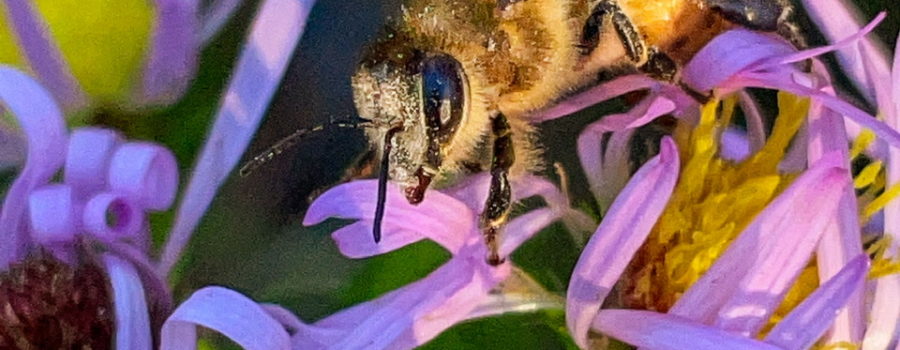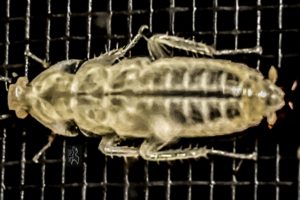Wild Honey Bees Have an Interesting History and Lifestyle

I have written a couple of posts about honey bees and beekeeping in the past, but tonight I want to spend a little time on wild honey bees. Actually it might be more correct to call these bees feral since they have come from domesticated bee stock and have reverted to a wild state. They aren’t even actually native to North America, but instead, they come from Europe and Southeast Asia. There were no honey bees in the New World until they were brought by European settlers in 1622. There are actually eight different species of honey bees and many subspecies, but the one that most people recognize as a honey bee is the western honey bee (Apis mellifera), since this is the one that is most often used for honey, crop pollination, and bee’s wax production.

When domesticated, these bees are housed in man made boxes, but in the wild, they can make their nests in hollow tree trunks or branches, rock crevices, caves, or other protected, hollow areas. Unfortunately, they also like hollow areas in houses, garages, electrical boxes, and other places where they can be considered a nuisance. Some very large colonies have been discovered in walls and attics of homes. This is best avoided by sealing up any small cracks or crevices that you find in a building or other structure. If you do discover unwanted wild honey bees in your home or business, it’s best to contact an experienced beekeeper to come and remove the colony.

Just as they do when domesticated, western honey bees feed on pollen and nectar from both native plants and from various crops. They are generalized feeders, meaning that they will feed on a large variety of flowers. This makes them important in pollinating many different species, but these generalized feeding habits also tend to dilute the pollen making them less effective at pollinating any given species. These bees are highly social with a strongly developed social structure, just like any domestic hive. Each member of the hive has it’s own role to play, with the workers being by far the most numerous and doing things like feeding the larvae, cleaning the hive, guarding the hive, or foraging for food. All of these workers communicate with each other by means of visual displays called “dances” and by chemical pheromones.

Generally the western honey bee does not tend to be aggressive and will only attack or sting people or pets if disturbed, swatted at, crushed or otherwise threatened. Sometimes, however, these bees may become “Africanized”, meaning that they have cross bred with some more aggressive African honey bee species, and can take on some of those aggressive traits. These Africanized honey bees are more common in certain areas, but even these bees don’t tend to sting or attack when out foraging alone. Our area of central Florida isn’t known for having lots of Africanized bees, and I can honestly say that so far at least, I have never had any problems with the bees that I have been photographing. They usually either fly away from me, or more often simply ignore me. I have had a couple of them land on me, and by not reacting by flailing my arms or swatting at them, I have avoided being stung.

Even though there are only eight species of honey bees in the world, there are more than 20,000 species of bees altogether. Examples of other types of bees include bumblebees, carpenter bees, and leaf cutter bees. Most of them are social and have complicated social structures and behaviors. Although I am somewhat allergic to bee stings, I have to say I find them fascinating to watch, photograph, and to learn about. Sometimes I think that everyone should learn more about bees and their social organization. Perhaps if we did, we could learn to get along better with each other!
Subscribe below to join our little family and get new posts sent to you daily.





Recent Comments